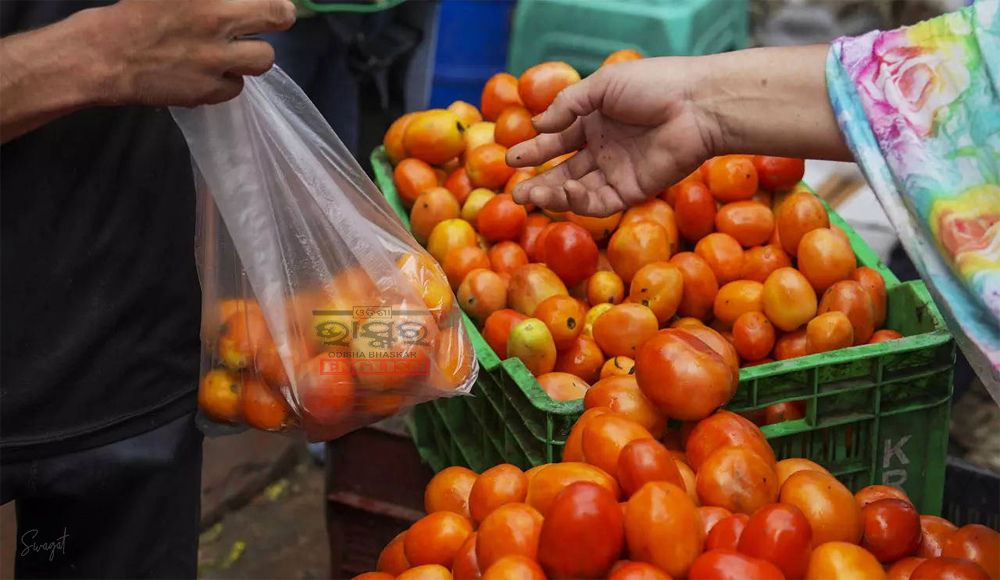Kolar: Erratic monsoon rains in India have caused delays in vegetable planting and damaged ripening crops, leading to higher vegetable prices. Official data shows that vegetable prices, which have a 6% weighting in the consumer price index (CPI), reached a seven-month high in June with a 12% month-on-month increase. Normally, prices ease in August when the harvest reaches the market, but this year, traders expect costs to remain high until October due to tight supplies.
The prolonged high vegetable prices may fuel voter discontent ahead of state elections and stoke retail inflation, expected to reach a seven-month high in July. This inflationary pressure may prevent the Reserve Bank of India (RBI) from lowering interest rates this year. Economists predict that the RBI is likely to remain on pause until at least December 2023.
Tomato prices have surged dramatically, increasing by more than 1,400% at the wholesale market in the past three months. Farmers in Karnataka, the third-largest tomato-producing region, cite poor rainfall, higher temperatures, and a virus outbreak as reasons for the reduced crop yield.
The monsoon’s impact has not been limited to tomatoes; other crops have also been affected. Key vegetable-producing regions experienced either excessive rainfall or significant deficits compared to average levels.
HSBC economists expect the supply disruptions and higher food prices to push retail inflation to 6.5% in July, surpassing the RBI’s target range of 2% to 6%. As a result, interest rates are expected to remain high until mid-2024.
While supplies are expected to increase in the coming weeks from crops planted in June, it may not be sufficient to immediately lower prices significantly. A meaningful price correction is anticipated to begin in September, with prices returning to normal levels in October.




Comments are closed.